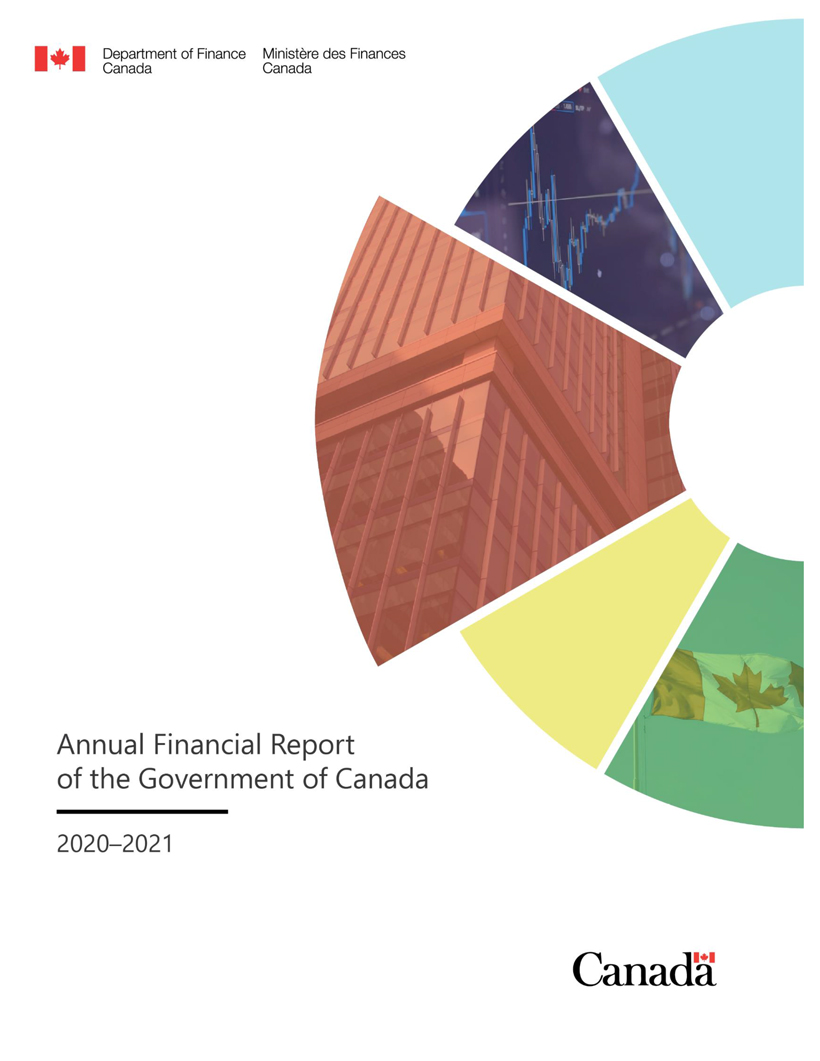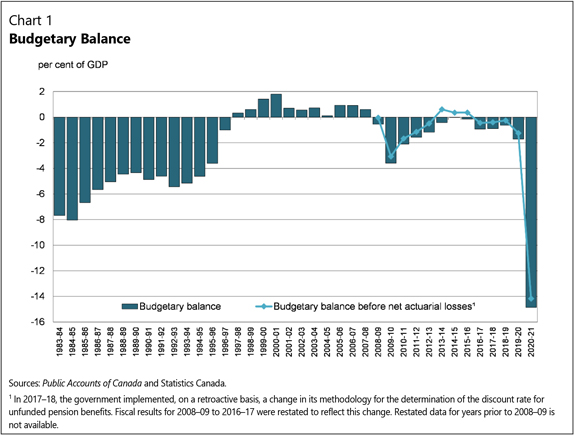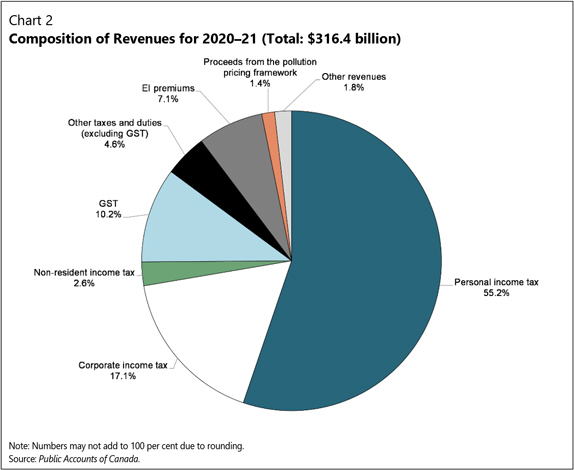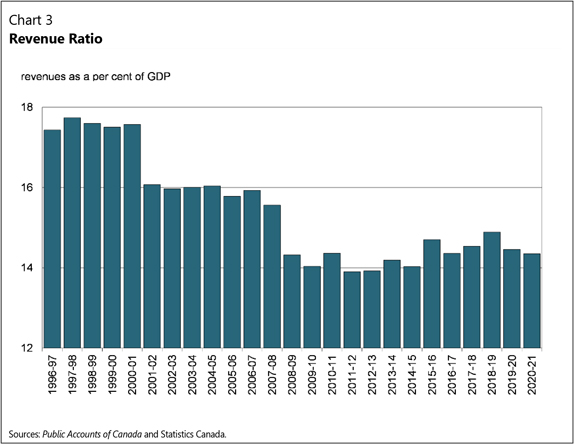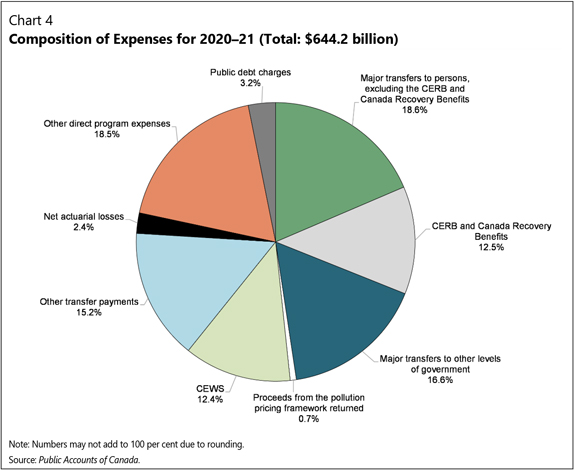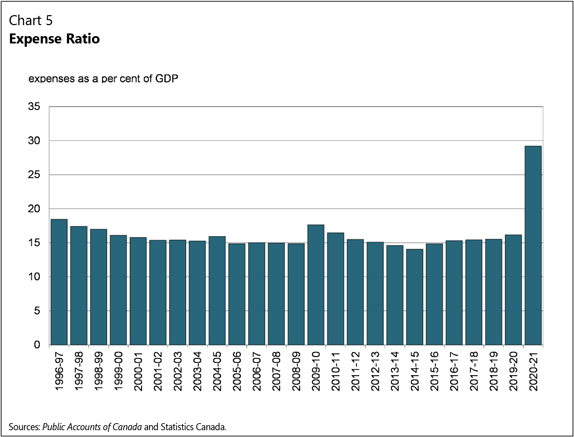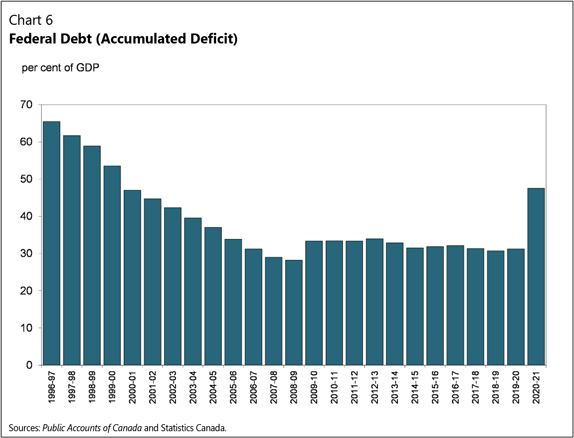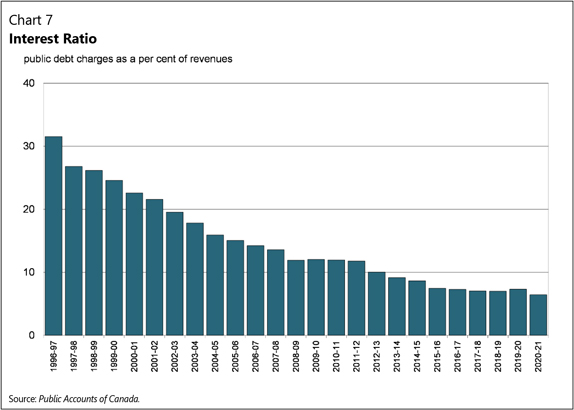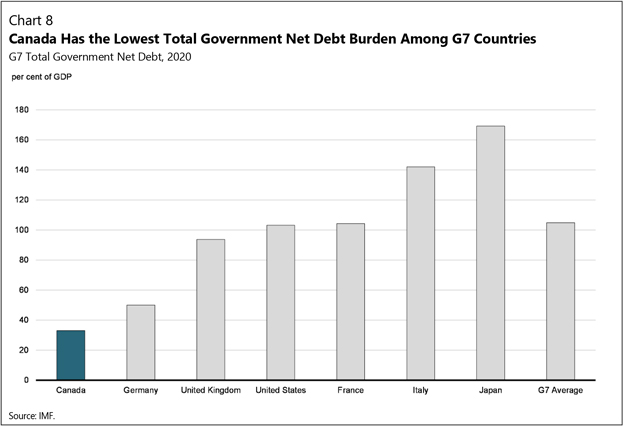Economic Developments1
The COVID-19 pandemic brought about the deepest and fastest recession, worldwide, since the Great Depression. During the most acute phase of the crisis, public health measures and extreme uncertainty caused a sudden and unprecedented impact on the global economy over the first half of 2020. The global economy contracted 5.3 per cent in 2020, the largest decline since the 1930s.
The shock to the Canadian economy caused by the spread of COVID-19 was historically sudden and deep. The drop in Canada’s real GDP was the fourth largest in the G7 at 13.1 per cent over the first half of 2020, with much of the damage occurring over a very short time from mid-March to the end of April. Over this period, more than 5 million Canadian workers either lost their jobs or saw sharply reduced working hours. The employment rate of Canadians aged 15 to 64 fell from record highs to record lows. Canada’s economy was also hit by the plunge in oil prices as demand for fuel collapsed along with travel and restrictions on movement. West Texas Intermediate crude oil prices fell from US$57/barrel in the fourth quarter of 2019 to US$28/barrel in the second quarter of 2020. Similarly, a flight to safety, significant government responses, and global monetary easing all pushed down short- and long-term interest rates to historic lows.
Following the first wave of infections, economic activity and employment rebounded at a faster pace than many had initially expected over the summer of 2020 as restrictions eased, businesses reopened, and Canadians adapted. The Canadian economy saw a bounce-back in real GDP of over 40 per cent (annualized) in the third quarter of 2020, and over three-quarters of the 3 million jobs lost at the peak of the pandemic were recovered by the end of September.
However, subsequent waves of the pandemic and recurrent lockdowns shifted the recovery into slower gear and continued to impact the economy through late 2020 and the first half of 2021. Restrictions re-intensified as cases and hospitalizations surged again in the winter and early spring, hindering tourism, indoor dining, and activities involving large gatherings. This made for highly uneven impacts across sectors, with layoffs concentrated once again in contact-sensitive businesses such as retail, hotels, entertainment, and restaurants, while other industries, such as real estate, financial and professional services, were virtually unaffected.
By the first quarter of 2021, economic activity remained about 2 per cent below its pre-pandemic peak, and nearly one million Canadians were still affected by the pandemic in the labour market through layoffs or significantly reduced hours.
Canada’s COVID-19 economic response—including job protections through the Canada Emergency Wage Subsidy (CEWS), liquidity support though programs like the Canada Emergency Business Account (CEBA), and income support through the Canada Emergency Response Benefit (CERB) and the suite of Canada Recovery Benefits—has been key to bridging Canadians and businesses through these challenging times and stabilizing the economy. These fiscal responses were complemented by the Bank of Canada’s low interest rate and asset purchases providing significant monetary stimulus. Overall, Canada’s comprehensive and flexible response plan helped engineer a near-term economic turnaround at a faster-than-anticipated pace compared to many of its peers in the G7.
Coupled with a successful vaccination rollout that has seen a majority of Canadians already fully vaccinated, government support has helped keep household and business confidence high and put in place strong fundamentals, such as improved balance sheets and elevated savings, that will support the next phase of the recovery.
With these strong fundamentals in place, recent success containing the virus, and a large share of Canadians fully vaccinated, the recovery pace is set to accelerate in the second half of 2021, as provinces scale back the most stringent public health restrictions. Combined with a strengthening recovery in the U.S., this should put the recovery on a strong footing, with the Canadian economy likely to return to its pre-pandemic level before the end of the year.
1 This section incorporates data available up to and including August 13, 2021. The annual results are on a calendar year basis.
8
